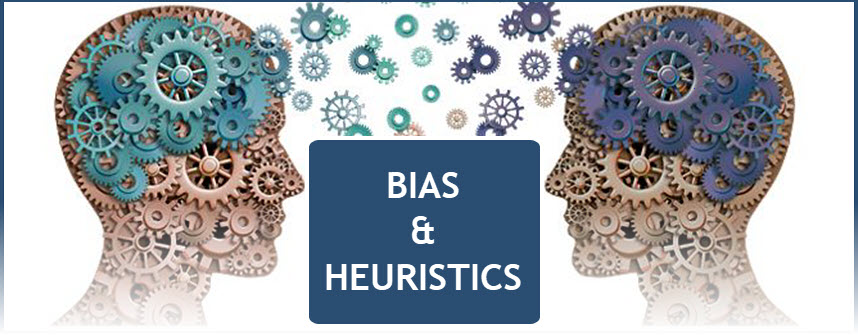
Representativeness: Decide that a small sample represents the bigger picture. Tendency of people to predict unlikely events.
Availability bias: estimate probability of event with the ease that we remember it.
Anchoring: When faced with a decision where we are unsure, we can look for and use any (even useless) information (noise).
Conservativeness: Tendency for people to cling to an opinion.
Certain methods make money: Over optimistic to believe it.
Hind side bias: After the fact, the trader feels that she already knew the outcome of the event. We can observe the hindsight bias on business TV channels every day. If we look at any past data, we feel that we could have spotted the trend visible in that data. Hindsight leads to overconfidence.
Confirmation bias: The trader use selective information to confirm his already decided view, then feels that he has come to a conclusion after due analysis.
The trader has actually done: No analysis, came to a viewpoint, then searched around for inputs that confirmed his view, probably ignored some inputs which did not confirm his viewpoint.
Cognitive dissonance: In psychology, Cognitive dissonance is the mental discomfort experienced by a person when two conflicting views / ideas / beliefs are held at the same time.
A trader, influenced by confirmation bias, goes short in the Nifty. When the market opens, the index begins to rise, accompanied by gains in most world markets. Now the trader is besieged with two conflicting views – His short position where he wants to make money by seeing the Nifty go down, and, the reality of the market which says that the Nifty is going up.

